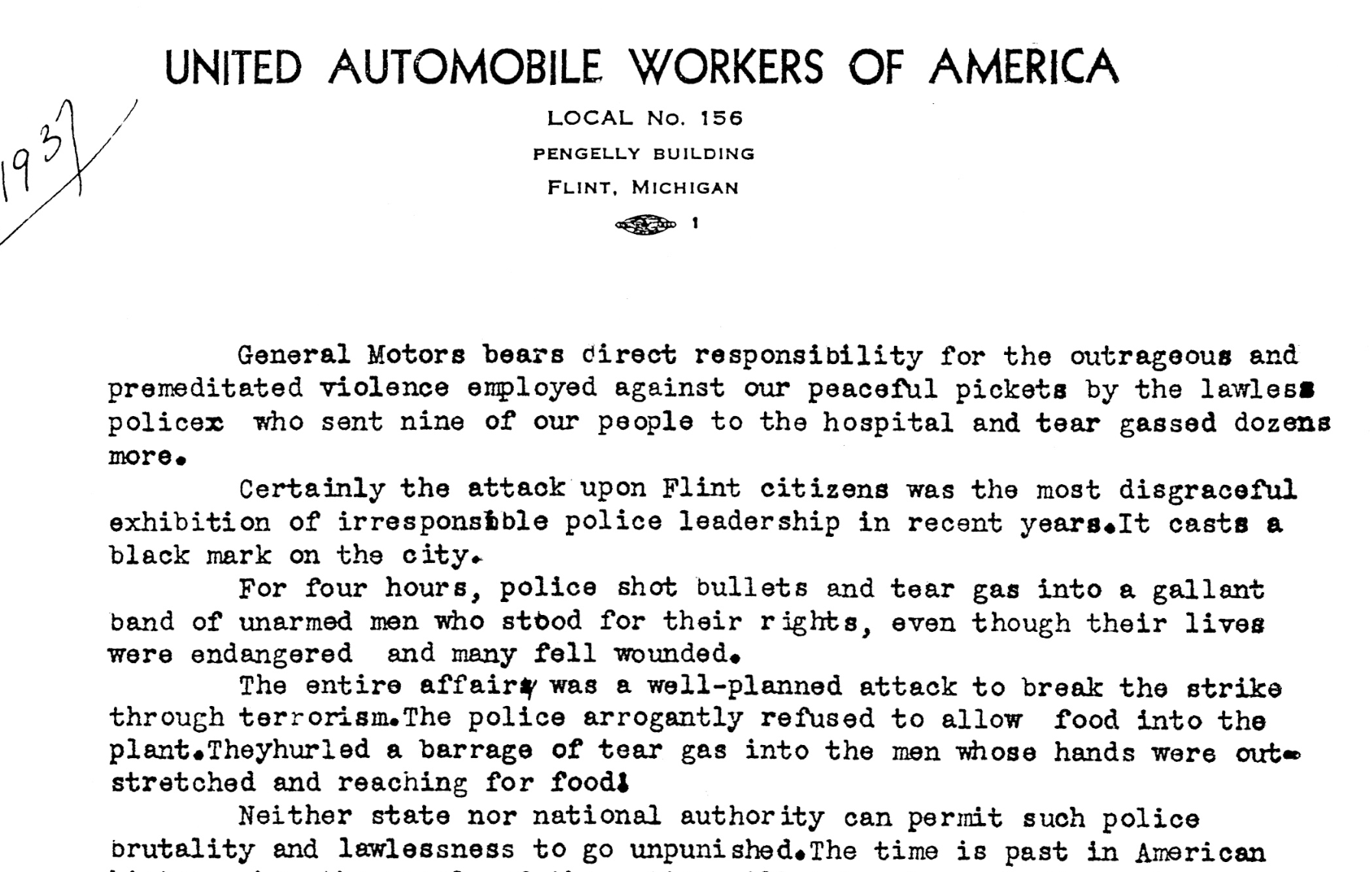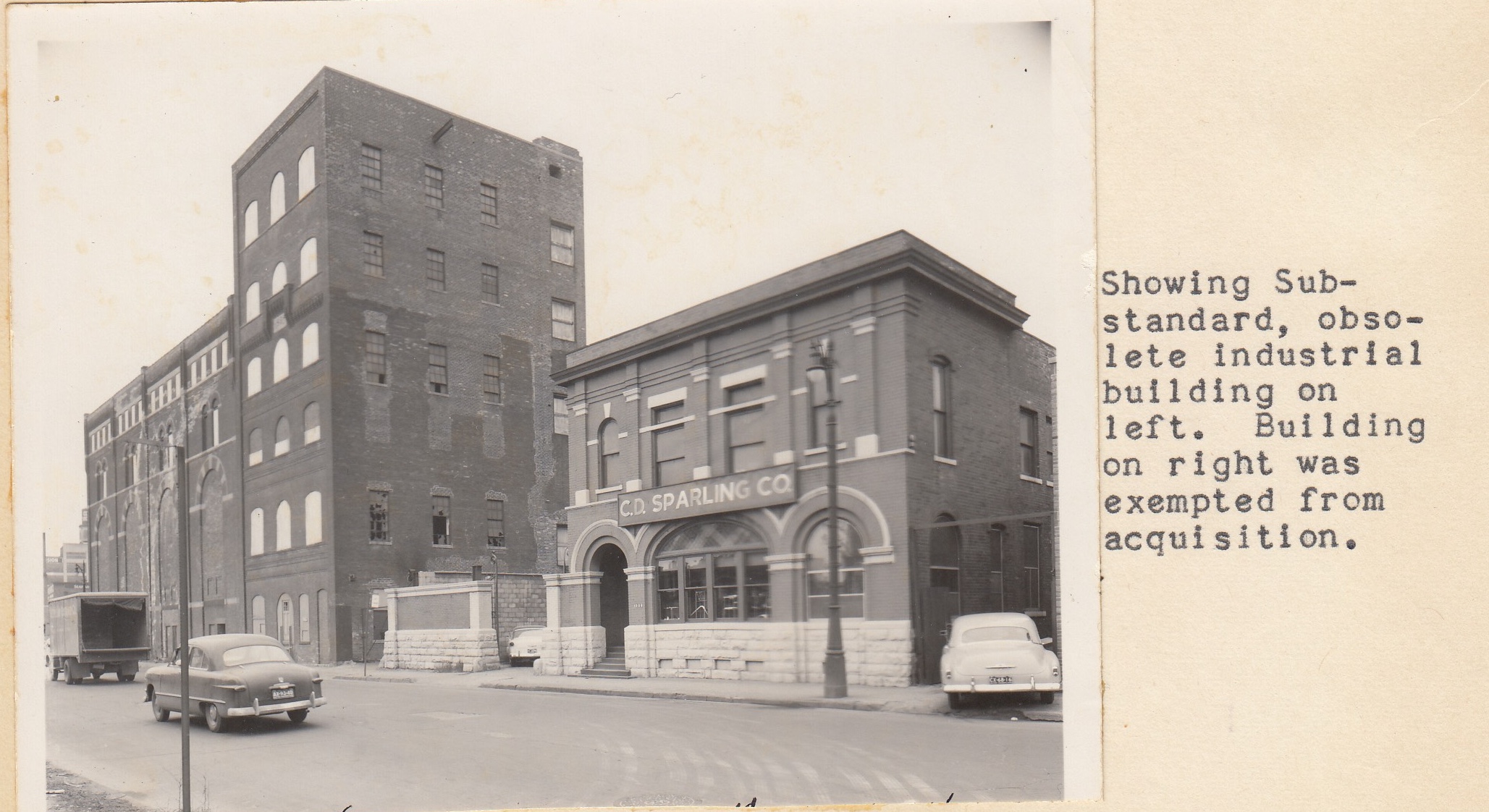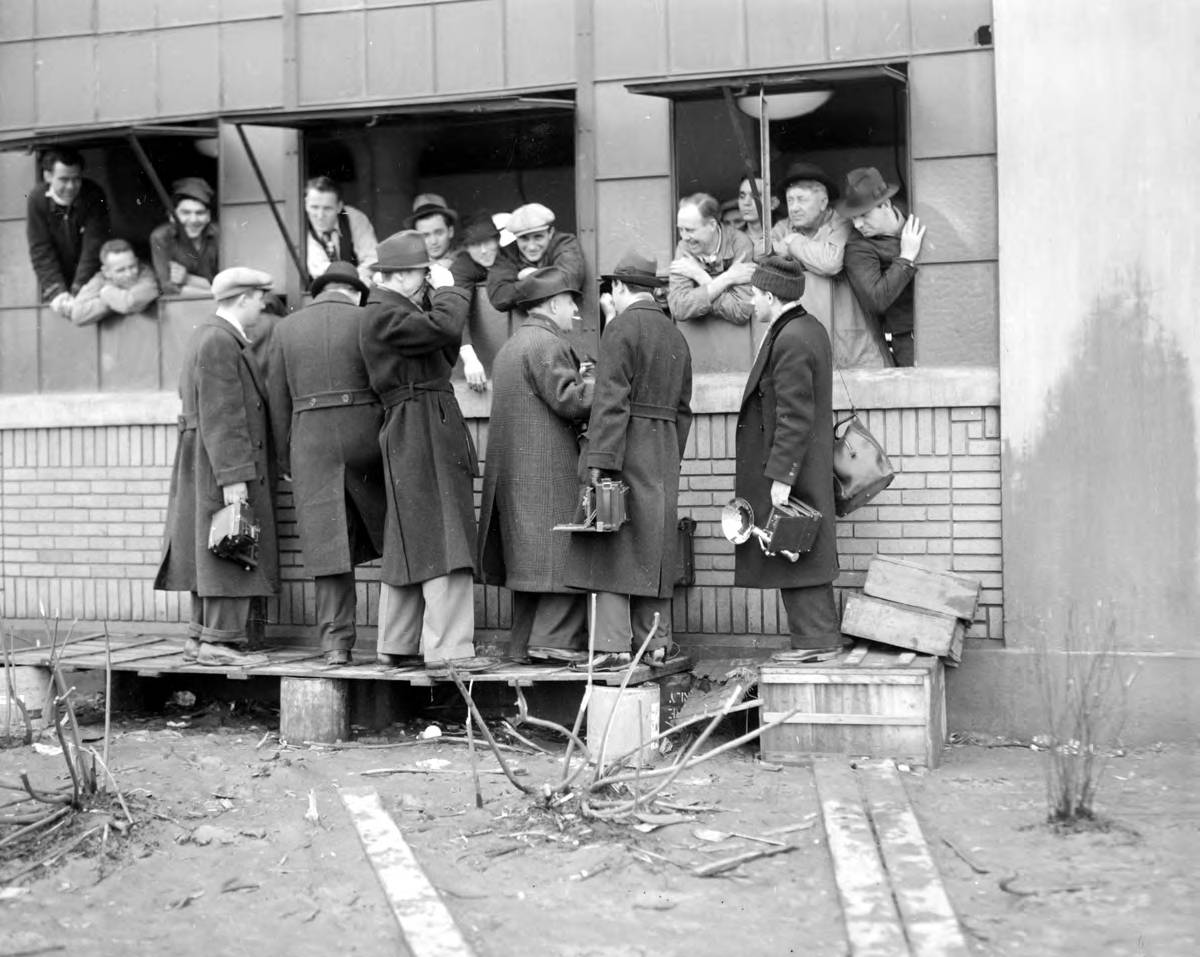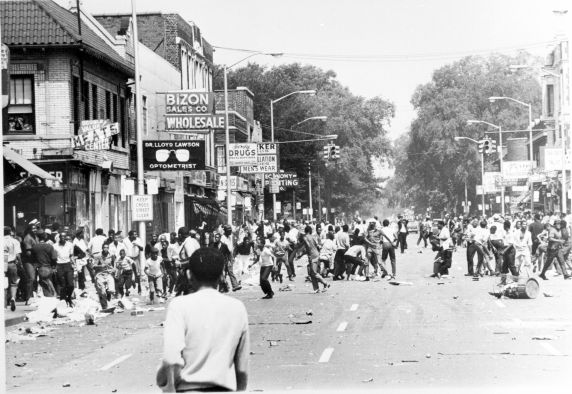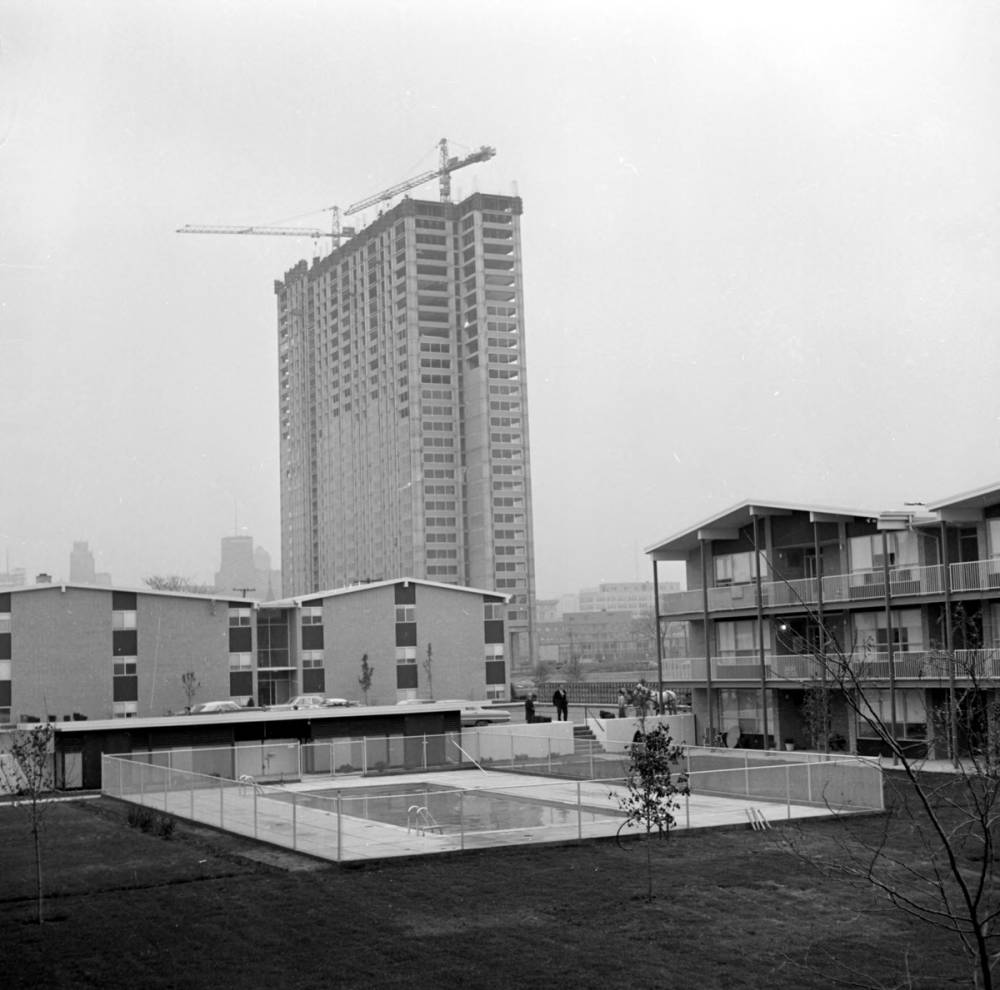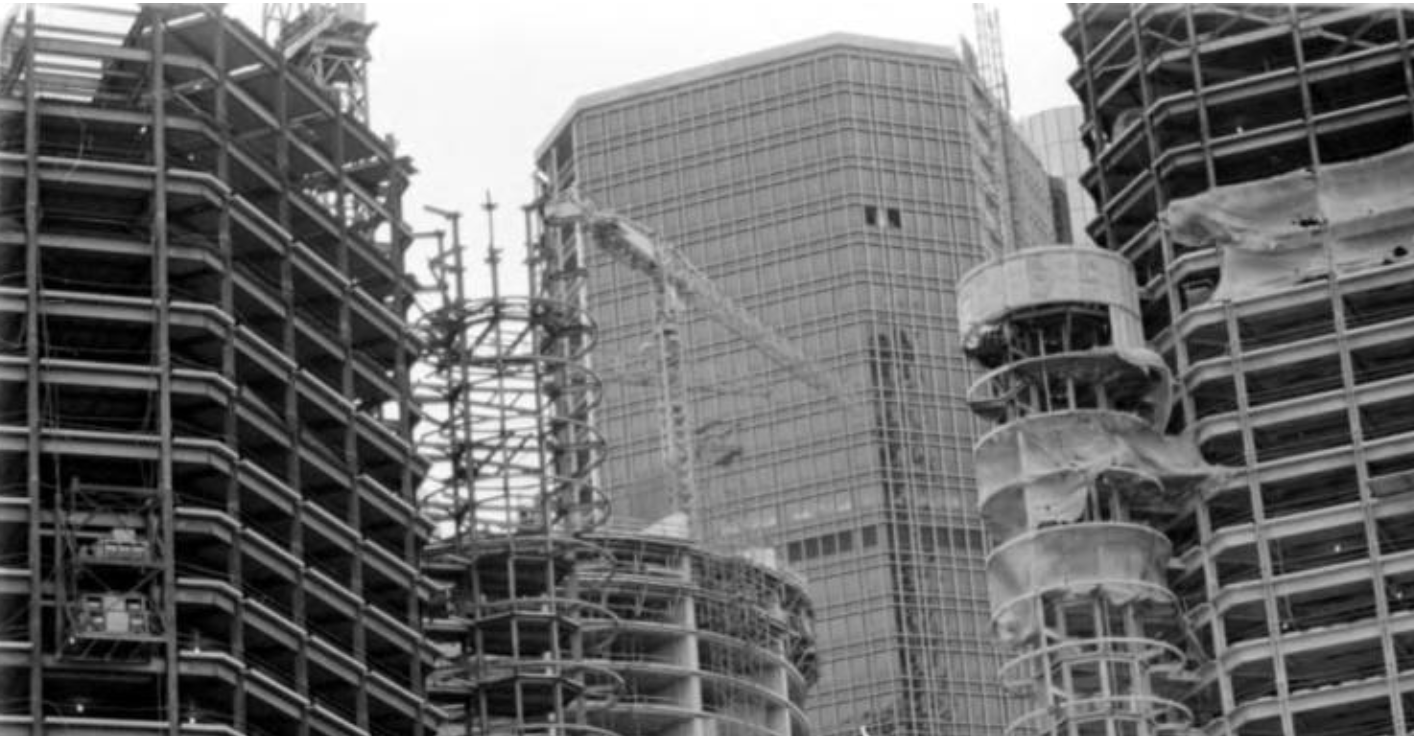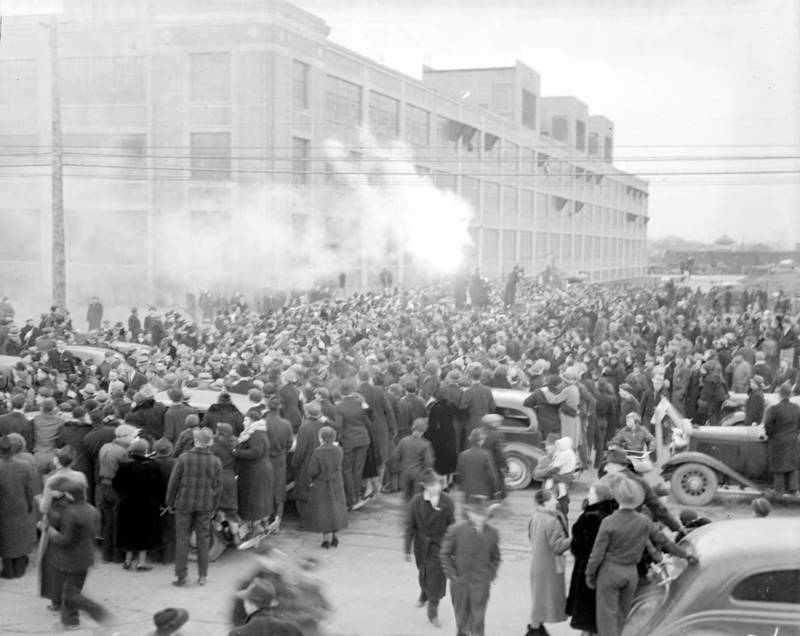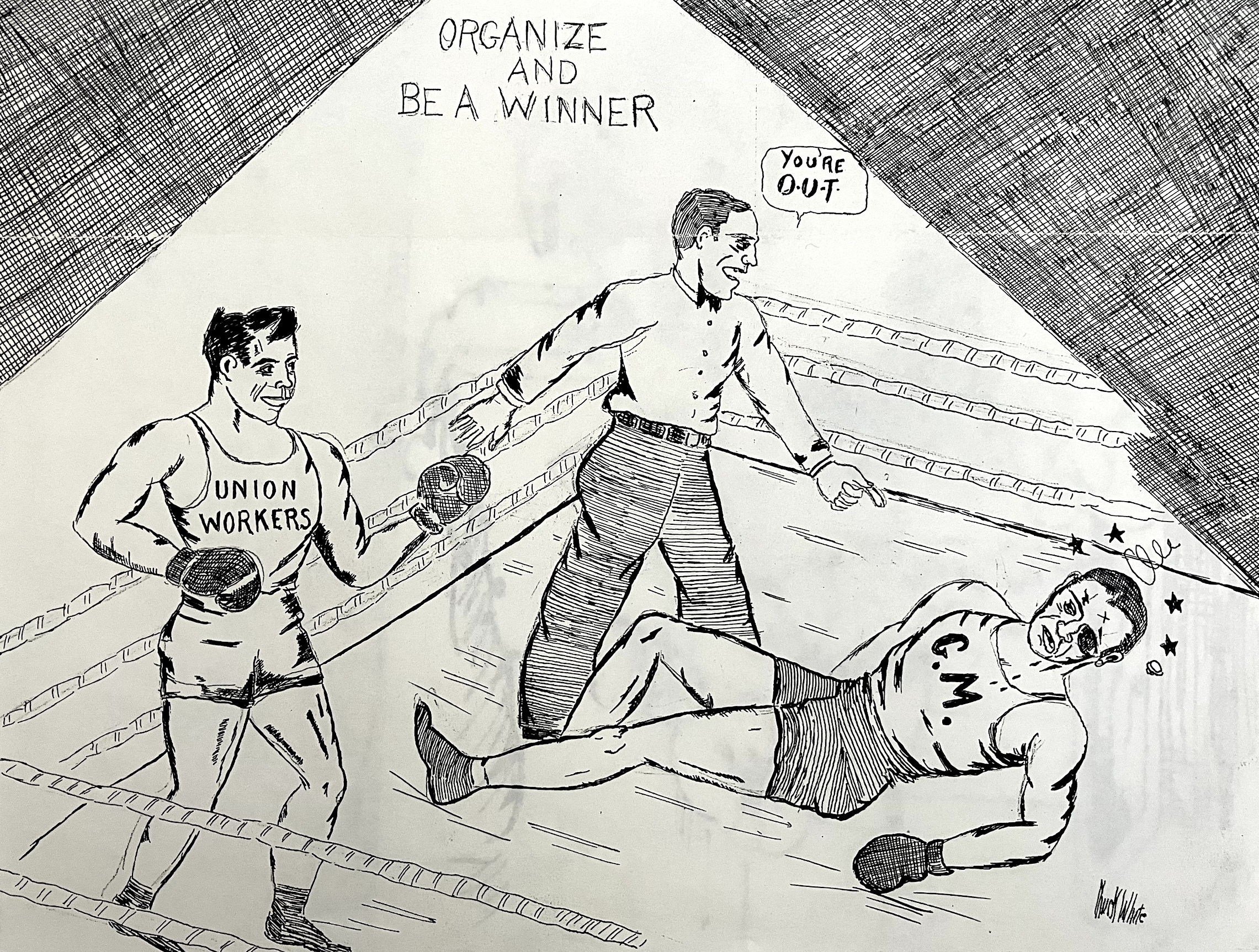Search
11 items
-
Comparing the Flint Sit-Down Strike to the 2023 UAW Strike by Kari Shagena
What are the concerns of industrialization and urbanization today as well as in the past? Compelling Question: To What Extent Did The Industrialization And Urbanization Between 1890s And 1930s Create The Need For Progressive Reform? -
Did Urban Renewal in Detroit Succeed? Built by Bryan Furgal
Supporting Questions: What issues of housing and infrastructure did the city of Detroit face in the post-WW2 era? What were the policy methods and goals of city officials in addressing urban planning issues? What were the outcomes of Detroit’s Urban Renewal Programs? This inquiry leads students through an investigation of government planning in the United States after World War II. The Inquiry leads students to examine the role of government planning in shaping the communities around us, and asks them to consider the long term impacts that policy decisions decades ago can have in pre-determining social and economic outcomes in the present day. Through use of government planning documents, students will have the opportunity to evaluate for themselves the conditions within the City of Detroit during the 1950s and identify key areas of concern among community members and city officials. Note: This inquiry is intended to be used as part of a larger unit on post-war issues within the United States. The inquiry is expected to take three or four 50-minute class periods, with additional time as needed for student research projects. The inquiry time frame could expand if teachers think their students need additional instructional experiences (e.g., supporting questions, formative performance tasks, featured sources, writing). Teachers are encouraged to adapt the inquiry to meet the needs and interests of their students. This inquiry lends itself to differentiation and modeling of historical thinking skills while assisting students in reading the variety of sources. -
Flint Sit-Down Strike: Labor, Management, and Unionization by Angela Lo Piccolo
Was the Flint Sit-Down Strike a natural response to the economic and/or social conditions that laborers faced? Is this what led to the desire to unionize? Supporting Questions: What perspective did workers hold when it came to unions and/or strikes? What perspective did management hold when it came to unions and/or strikes? What explains why the UAW pushed for collective bargaining when GM management opposed it? -
Detroit 67
This set of documents and exercises is designed for 10-12 grade students. These sets can be used to fulfill Common Core Standards CCSS.ELA-Literacy RH.11-12(1-10) and RH.9.10(1-10). -
The Uprising
Using primary and secondary sources, students will explore the 1967 uprising in Detroit and compare it to other moments of civil unrest in the city. -
Unit Plan - Black Bottom and Paradise Valley, Where did they Go?
This unit plan talks about the Black Bottom and Paradise Valley neighborhoods in Detroit, including what they are, where they were, what happened to them, and the thoughts and attitudes of the people that lived there when they had to move. There are lots of hands-on activities included, an interview project, and a field trip and we include many books and websites to use as well. There are lots of social studies standards and different aspects of social studies are also covered. After completing this unit, students will have a real understanding of the Black Bottom and Paradise Valley neighborhoods, why they are so significant, and why they should know about them. -
"Rebirth of Detroit" 1967-1974
In this unit, students will explore the rebirth movement of Detroit after the years of civil unrest in the city, specifically the development during the years of 1967 to 1974. Many people were in agreement that the city needed to be improved, but the actions that were taken to do so were often controversial. Students will also be able to see the connection of this original rebirth movement to the current-day, Downtown developments to the city. The unit will be centered around the overall inquiry/guiding question: “Have the previous and current ‘improvement’ efforts been an overall ‘good’ or ‘bad’ idea for the city of Detroit and its residents?” -
How do Sources Tell Stories? By Shannon Carlson
Supporting Questions What can we learn from the stories sources tell? How do sources help us connect people and events? How do sources illustrate a person's impact on their community? In this inquiry, students will use sources to better understand the stories of people who had a local impact in the Metro-Detroit area. Note: This inquiry is expected to take three or four 50-minute class periods. -
In what ways did the War on Racism divide citizens in Detroit?
This lesson explores examples of efforts to integrate schools by exploring the experience of Ruby Bridges as well as efforts to integrate public housing by exploring the history of the Sojourner Truth Homes in Detroit. -
Why did the industrial revolution demand society to develop new ideas for managing large groups of individuals? By Amy Nytko and John Wilson
Supporting Questions: What were the working conditions in the factories? Were women who worked in factories treated unfairly? Were workers who chose to unionize treated unfairly? -
What were the effects of the Ford Hunger March on the advancement of workers' rights and the perception of organized labor in the US during the Great Depression? By Gabby Avila
Supporting Questions: What were the key factors that led to the organization of the Ford Hunger March and the participation of workers during the Great Depression? What do primary sources reveal about the experiences and motivations of participants in the Ford Hunger March, and how do these perspectives vary among different individuals or groups involved? How did media coverage of the Ford Hunger March shape public opinion about the labor movement and the demands of industrial workers?
